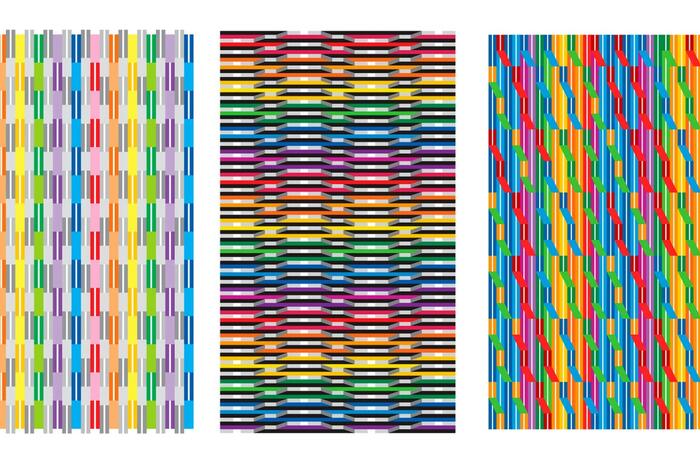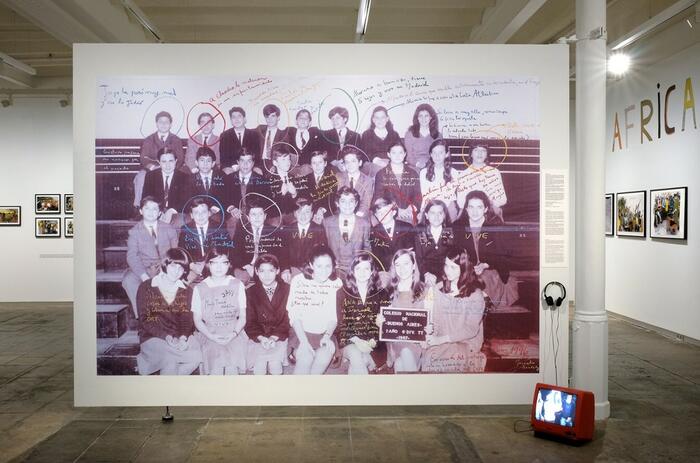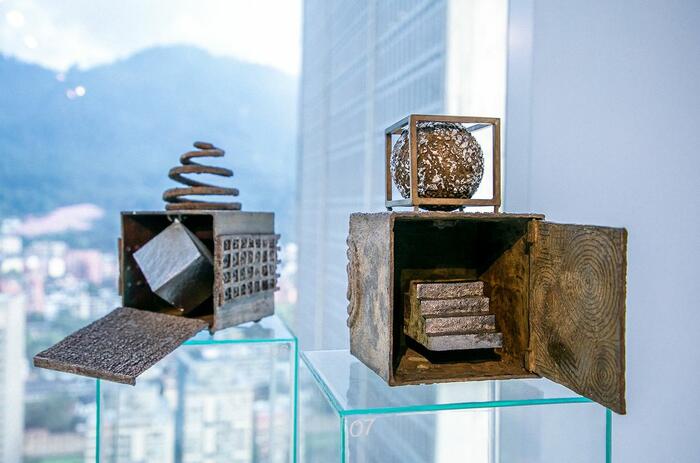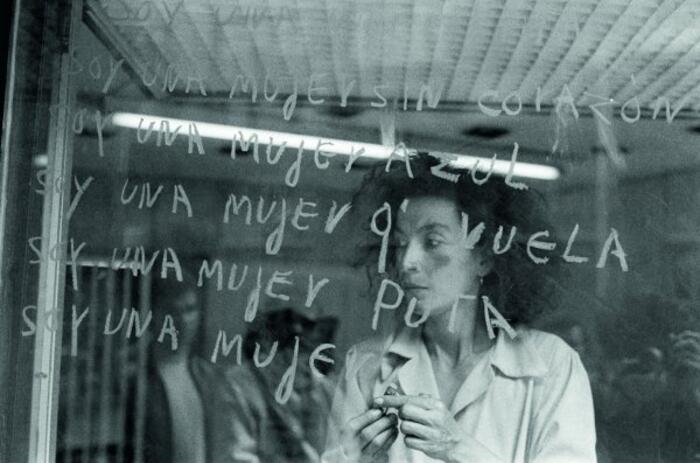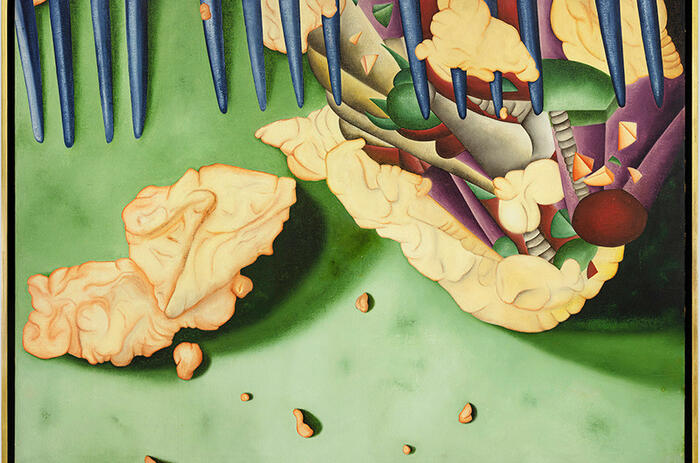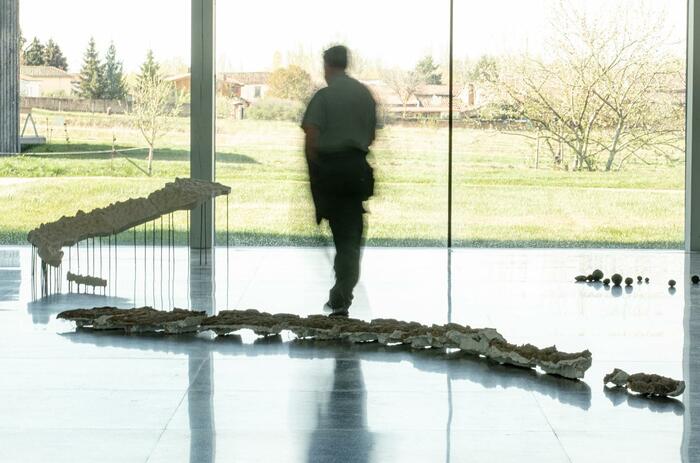RUBY RUMIÉ: THE FALL
The Fall is the new body of work by artist Ruby Rumié conceived twelve months before the Covid-19 pandemic started. At the time the artist was reckoning the symptoms of a distressed society dedicated to a super production, consumerism and endless competition.
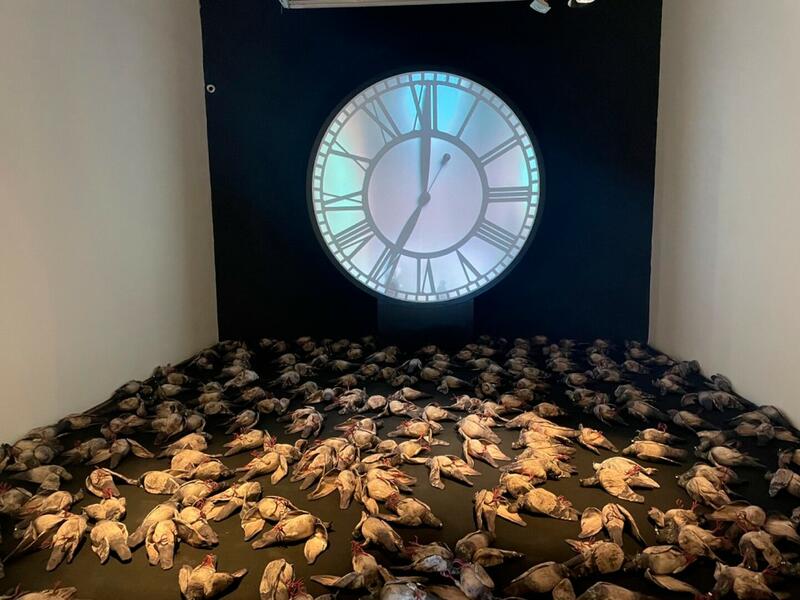
Rumié says: “This project developed from an accident. A pigeon is struck by a car and falls at my feet. I see its lifeless body and also the indifference in the eyes of passers-by as though its death were unreal, a hallucination. Fear, surprise, rage invaded me as I take its body to my workshop. I had to draw it, paint it to capture the essence and significance of its death.
Something basic and profound was being lost with the death of that pigeon. I asked myself: What does its fall symbolize in us? Does something within us also separate and fall?” Is it that something of ours also unfastens and falls?”
The Fall, presently being exhibited at the Museum of Modern Art, in Cartagena, Colombia is comprised of several works. Which includes an installation with 500 sculptures of pigeons made of cloth, as well as a display of videos, drawings and paintings that invite us to think upon the relationship we human beings have with ourselves, with time and our surroundings.
The main concept of this series is inscribed in the zeal and crisis of the global society, in the discipline of excessive achievement, auto-exploitation and the current condition that philosopher Byung-Chul Han has defined as psychic heart attacks* informally known as “burnout”. According to the author the main sufferings of XXth Century society and accentuated in the XXIst Century, are related with the exhaustion, failings and depression brought about by the zeal of performance (keen achievement) we have conditioned ourselves to. We are way too demanding of ourselves, no time for quietude, we not only end-up physically and emotionally exhausted, we also lose our connection with the community. "Depression breaks all bonds even the bonds with one’s self" attests the author.
All this pondering provoked Rumié to create another work: Fall-Time showing the clock of San Pedro Claver Sanctuary recreated at scale and brought down from its patrimonial pedestal so, face to face, the spectator sees a video of pigeons confined in an accelerated time. The pigeons strike the glass of the clock trying to escape.
-
Ruby Rumié, The Ceremony, from the series “The Fall”, 2020. Installation of 250 cloth pigeons, oil on canvas, triptych 86.61x110.24 inches. Courtesy of the artist.
-
Ruy Rumié, The Fall, 2020. Oil on Alucobond panel, 23.62 inches diameter. Courtesy of the artist.
-
Ruby Rumié, The Ceremony, from the series “The Fall”, 2020. Oil on canvas, triptych 86.61x110.24 in. Courtesy of the artist.
-
Ruby Rumié. The Fall, 2020. Pencil on paper, 22.44x14.96 inches. Courtesy of the artist.
-
Ruby Rumié, Fall-time, 2022. Video 2:01 minutes, with installation of 250 pigeons. Courtesy of the artist.
-
Ruby Rumié, The Fall, 2022. Video 4:47 minutes, with installation of 250 pigeons. Courtesy of the artist.
-
Ruby Rumié, The Fall, 2022. Video 4:47 minutes, with installation of 250 pigeons. Courtesy of the artist.
Ruby Rumié was born in Cartagena de Indias, Colombia, Rumié studies painting, drawing and sculpture in the Escuela de Bellas Artes (1980–82). From 1989 to 1996 she worked as a hyper realistic painter. She then breaks with academia and heads towards a work with a clear focus on social, patrimonial and territorial problems, questioning the artist's commitment within society. She has had major institutional exhibitions in Colombia, Chile, the United States and France. With Nohra Haime Gallery in New York and the NH Galeria in Cartagena, she has exhibited Divine Breath, Common Place and Weaving Streets. She participated in ArtParis and the First Biennial of International Contemporary Art in Cartagena de Indias with her work Lugar Comun. She received a residency from the Rockefeller Foundation Bellagio Center.

